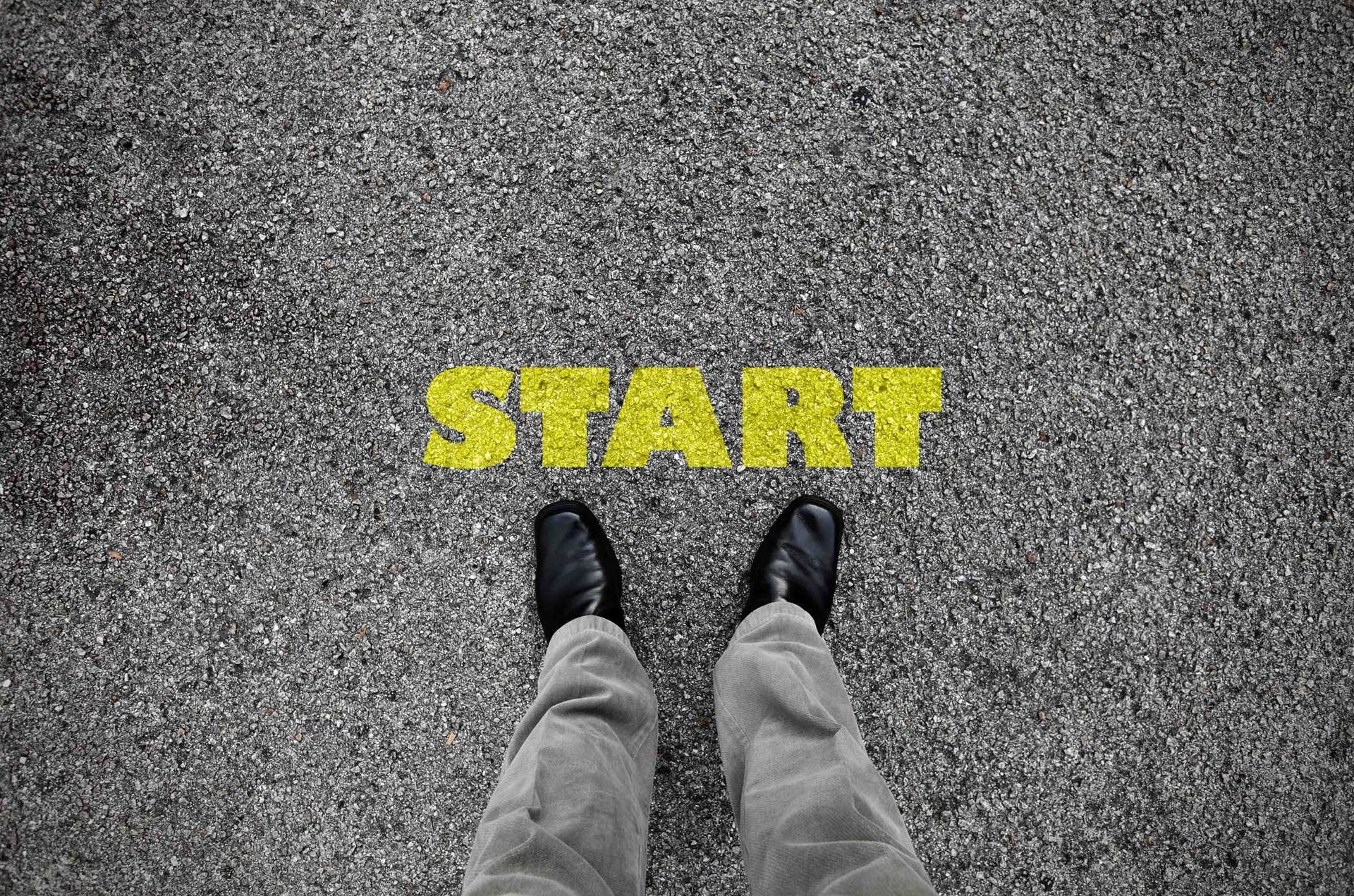The eLearning Course Preparation Process
There is one key difference between a successful eLearning course and one that misses its mark: planning. High quality eLearning courses that offer the best possible eLearning experience for the learners involve a great deal of preparation, organization, and planning. Note, that all these take place even before the first word of content is created or the first image is chosen. The truth is that there are so many things to consider during the eLearning course preparation process that it can be a bit overwhelming, especially for those who are relatively new in the eLearning industry. The good news is that there are tips that can help make this task much less daunting.
- Set goals.
This pertains to both the ultimate learning goals for your learners as well as to the goals that you have for the eLearning project itself. It's important to have a clear idea of each set of goals, because they are going to serve as a guide throughout the eLearning course design and development process. On the one hand, you have to know what the learners need to take away when the eLearning course is completed, before creating your content outline. On the other hand, prior setting these goals, you must set goals for yourself, that will keep you on-time and on-task when developing the eLearning course. For example, at the end of week one you will be finished with the storyline and the syllabus. In addition to these “milestone” goals, you also need to create overall goals for the project that these smaller ones will help you to accomplish. - Gather Your Resources.
Knowing which eLearning tools you have at your disposal, especially the Learning Management System and the eLearning Authoring Tool, and how to use them to your advantage is all-important. An essential step of the eLearning course preparation process is to gather all of the eLearning tools, applications, etc, that you're going to need, as well as any eLearning professionals who are going to be on your eLearning team, if any. You will also want to figure out which stage of the process requires which tools, so as to ensure that you or a team member has acquired the training needed. For example, if you are going to be using a new video creation tool, make sure that you have gained an in depth understanding of how to use it properly and that you are aware of its features before the video creation stage rolls around. - Define Concepts.
Even the most simple and straightforward eLearning deliverables are going to involve a variety of jargon and/or abbreviation. As such, it's important to make sure that everyone knows the key terms that are going to be used regularly. It may be wise to create a “cheat sheet” that features definitions of these commonly used terms that everyone can use for quick reference. Also, don't forget to upload these definitions onto your project management platform, so that everyone has remote access to the document. - Map Out the eLearning Course.
Every project needs a road map, regardless its subject, size or budget. Therefore, you'll want to devote a significant amount of time to create an outline for the eLearning course. This overview should not only include the important topics you need to cover and the modules you'll need to include, but also a detailed time line of each step involved. For example, the first part of your eLearning course map may include a deadline for content, graphic design, and layout of the first module. Get as detailed as you possibly can so that there isn't any confusion as you move forward. - Research Your Target Audience.
No eLearning preparation process would be complete without an in depth analysis of your target audience. Find out everything you can about who your learners are, what they expect from the eLearning course or the online training event, and any other considerations that will help you to design a successful eLearning deliverable. This may involve surveys, interviews, meetings, a tour in the company (in the case of online training courses), and focus groups. Also, do some research about not only their educational and professional background, but their cultural background as well, as this will help you to develop eLearning deliverables that are appropriate and relevant. - Set Expectations and Assign Project Responsibilities.
Each and every person on your eLearning design and development team should know what is expected of them and what responsibilities they need to focus on. They should also be aware of the deadlines that pertain to their particular tasks, and any other important dates, such as online meetings or progress report due dates. It's often best to provide each member of your team with a detailed description of what they will need to do to ensure the project is completed on time and meets expectations. If you are using a project management platform, which I highly recommend, you can assign certain tasks to members of your team and automatically send reminders when their due dates are approaching. - Create an In Depth Course Description and Syllabus.
You must create a detailed course description and syllabus before you delve into the design and development process. This will help to ensure that you stay on-topic when creating the eLearning course and that all necessary information is included. It can also set the tone for the entire eLearning course, which will help you to develop a cohesive and organized finished eLearning deliverable. Don't forget to outline all of the desired outcomes, as well as each of the real world applications and benefits associated with the subject matter.
Keep this list of eLearning course preparation process tips on hand to make the whole process simple and straightforward. Remember that organization is key, and planning every step of the development stages beforehand can allow you to stay on-task and on-target.
Looking for a comprehensive eLearning checklist that offers a step-by-step look at the design and development process? The article The Ultimate eLearning Course Design Checklist is a must-read for eLearning professionals who want an in depth “to-do” list for their next eLearning deliverable.









